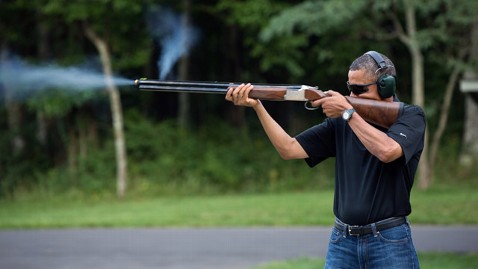Updated at 3:33 p.m. ET
ISTANBUL A New York City woman who went missing while vacationing alone in Istanbul was found dead on Saturday and police detained nine people for questioning in connection with her case, Turkey's state-run news agency said.
Sarai Sierra, a 33-year-old mother of two, was last heard from on Jan. 21, the day she was due to board her flight back home. Her disappearance attracted a lot of interest in Turkey, where disappearances of foreign tourists are rare, and Istanbul police had set up a special unit to find her.
The Anadolu Agency said the body of a woman was discovered Saturday evening near the remnants of ancient city walls and that police later identified it as Sierra's.
CBS News reporter Laura Wells in Istanbul reports that the police said the nine people who were detained were at the scene when the body was found with Sierra's driver's license near the Four Seasons Hotel.
Authorities believe that Sierra was probably stabbed elsewhere and her body was then left at the city walls, Wells reports.
Sierra, whose children are 9 and 11, had left for Istanbul on Jan. 7 to explore her photography hobby and made a side trip to Amsterdam, Netherlands, and Munich, Germany. She had originally planned to make the trip with a friend, but ended up travelling alone when her friend canceled.
She was in regular contact with friends and family and was last in touch with her family on Jan. 21, the day she was due back in New York. She told them she would visit Galata Bridge, which spans the Golden Horn waterway, to take photos.
The location where the body was found is a few kilometers away from the bridge. It is near a major road that runs alongside the Sea of Marmara and offers an iconic view to visitors of dozens of tankers and other vessels waiting to access the Bosporus strait. Police stopped traffic on the road as forensic police inspected the area.
Anadolu suggested Sierra may have been killed at another location and that her body may have been brought to the site to be hidden amid the city walls.
A police official on the site told journalists two of those detained were women. The official spoke on condition of anonymity because he was not authorized to speak to reporters on the case.
It was not clear if a Turkish man Sierra had exchanged messages with during her stay in Istanbul was among the group that was detained. That man was detained for questioning on Friday but was later released. Turkish news reports had said Sierra had made arrangements to meet the man on Galata Bridge but the man reportedly told police the meeting never took place.
Sierra's husband, Steven, and brother, David Jimenez, travelled to Istanbul to help in the search. Sierra's mother, Betzaida Jimenez, said she couldn't talk when reached in New York.
Shortly after she was reported missing, Turkey set up a special police unit which scanned through hours of security camera footage in downtown Istanbul in search of clues over her disappearance. A Turkish missing persons association had joined the search, handing out flyers with photos of Sierra and urging anyone with information to call police.
While break-ins and petty thievery is common in Istanbul, the vast and crowded city is considered relatively safe in comparison to other major urban centers. The American's death was unlikely to have a significant impact on tourism, an increasingly large component of the Turkish economy.
In 2008, an Italian artist, Pippa Bacca, was raped and killed while hitchhiking to Israel wearing a wedding dress to plead for peace. Her naked body was found in a forest in northwest Turkey. A Turkish man was sentenced to life in prison for the attack.















